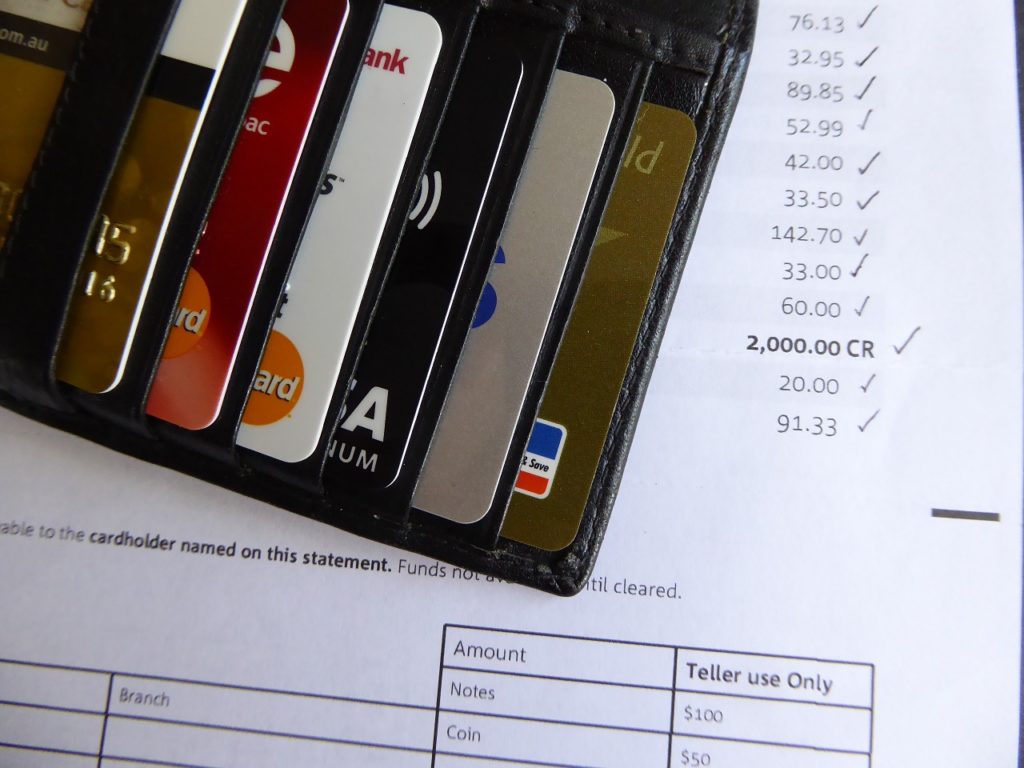Last Updated on 11/16/2017 by GS Staff
[otw_shortcode_dropcap label=”Q:” size=”large” border_color_class=”otw-no-border-color”][/otw_shortcode_dropcap] What do mortgage underwriters look for on bank statements?
[otw_shortcode_dropcap label=”A:” size=”large” border_color_class=”otw-no-border-color”][/otw_shortcode_dropcap] The underwriter is responsible for reviewing items such as income documents, asset statements, credit reports, and other documentation. They base their decision on a loan after a review of this documentation.
Bank statements or other asset documentation is typically required to show that the borrower has the necessary funds to close the loan. Additionally, the lender may require this documentation to verify the borrower has sufficient reserves.
The underwriter will examine the full asset statement upon review and not just the ending balance. Common things that the underwriter will look for are as follows:
Large deposits
Let’s say the borrower’s earnings are $1,500 per month as documented by the underwriter. Now let’s assume the borrower needs $15,000 for cash to close the loan. The bank statement shows a beginning balance of $500, an average two-month balance of $600, and a $15,000 deposit in the middle of the month. The underwriter will question the source of this large deposit because it is needed for cash to close. The source of a large deposit is important because it could have come from something like an undisclosed debt or an ineligible gift that could potential impact the loan decision.
Misrepresentation
Underwriters will look for potential misrepresentations or discrepancies on the bank statement. For example, the underwriter would question why the deposits and withdrawals are not consistent with the beginning and ending balances on the statement. It is not uncommon for underwriters or another department of the lender to contact the bank who issued the bank statement to clarify any discrepancies.
Undisclosed Debts
A bank statement may reflect a debt that did not appear on the credit report and was not disclosed on any documentation provided by the borrower. For example, the bank statement may reflect a withdrawal associated with Chase for $50 over the previous two-months. However, the loan documentation (credit report, application, etc.) do not reflect a Chase account connected with the borrower. The underwriter would likely request the terms and conditions of this Chase account and attempt to re-qualify the borrower with this debt (assuming it is an undisclosed liability).
Proof of Deposits or Withdrawals
The bank statement is often used to verify the deposits or withdrawals of funds that pertain to the loan. For example, a borrower who is purchasing a home often puts down an earnest money deposit (down payment). The underwriter can use the bank statements to verify the down payment cleared the bank account.
Overdrafts
Bank statements that reflects overdrafts and negative balances can signal that a borrower is potentially having difficulty meeting financial obligations. Taking this into consideration, the underwriter will review the overall credit profile of the borrower and determine if the borrower will have trouble paying the mortgage obligation.
Newly Established Account
A bank statement or other asset documentation may reflect that the account was recently opened. The underwriter may request the source of funds used to open the account. This may only be applicable if there evidence of a large deposit to establish the account.
Conclusion
Bank statements and other asset documents can reveal a lot of information about a borrower beyond just the current balance on the account. It is common for the lender to request two-months of bank statements to show a history of the funds. You should expect the underwriter to examine these statements in detail. As indicated above, the underwriter will question anything that is pertinent to the loan approval that appears on the bank statements.
If you are working with a loan officer or other mortgage professional, you may want to review the bank statements with them and gather any documentation to clear up potential discrepancy before the statements are submitted to the lender (underwriter). This will help speed up the underwriting process.
